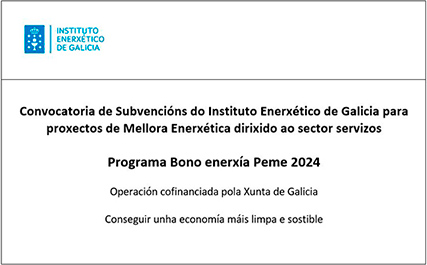Find out what is crypto mining and how this technological marvel is shaping our financial landscape. This issue confounded the creators of digital currencies for decades until Satoshi Nakamoto (most likely a pseudonym) invented something called the blockchain. The full theory of how these work is pretty complicated—we go into more depth in our article on explaining the «blockchain»—but the easiest way to explain it is to picture it as a chain. To explore profitability potential, you can consult an online Bitcoin mining calculator that factors your electricity costs, among other inputs.
Final Words — Is Mining Bitcoin Worth It?
And, as one would expect, once ASICs became prolific for mining a specific blockchain, CPU and GPU mining became economically unfeasible, practically ceasing to exist. Some networks, though, deployed changes to resist ASICs to avoid network takeover by industrial-grade ASIC miner farms, keeping the mining only possible with standard CPU/GPU equipment. This is important in order to balance the supply and demand of mining power versus rewards and keep the networks viable. If mining is not rewarded, it is likely that fewer miners will work on the network, which could threaten the network’s viability. If there are too many miners, the difficulty would increase to adjust for the increased supply, and so on.
Services
Using Application-Specific Integrated Circuits, this type of mining is highly efficient but involves a significant investment in specialized hardware. a beginners guide to bitcoin 2020 The more you claim, the bigger the chances you’ll be awarded blocks. It’s a complicated system, even more so than mining, but it could very well be the future of cryptocurrency.
There is usually a block reward involved, often in the form of some of the network’s native coins (e.g., Bitcoin miners would receive a block reward of bitcoins, or BTC tokens). Cryptocurrency blockchains work by maintaining a decentralised, public ledger of chain-linked blocks (hence the name ‘blockchain’). These blocks include validated and vetted transactions that have been added to the blockchain and cryptographically signed to avoid tampering, fraud, or unauthorised transactions. Each transaction added must be validated in one of the several ways to ensure the integrity of the entire blockchain.
- Bitcoin mining is usually a large-scale commercial affair done by companies using data centers with purpose-built servers.
- As the crypto sphere grows, understanding mining becomes crucial for navigating its complexities.
- Some networks, though, deployed changes to resist ASICs to avoid network takeover by industrial-grade ASIC miner farms, keeping the mining only possible with standard CPU/GPU equipment.
- If there are too many miners, the difficulty would increase to adjust for the increased supply, and so on.
How Does Bitcoin Mining Work? A Beginner’s Guide
Mining is a complex process, but in a nutshell, when a transaction is made between wallets, the addresses and amount are entered into a block on the blockchain. The block is assigned some information, and all of the data in the block is put through a cryptographic algorithm (called hashing). The evolution of crypto mining from a simple, individual-based activity to a sophisticated, competitive industry mirrors the growth of the wider crypto sector. This change reflects the escalating significance of digital currencies in global finance, where mining is fundamental to the ecosystem’s sustainability and efficiency.
For example, on March 8, 2024, bitcoin’s price topped $70,000 for the first time, how to buy empire token closing at $68,285. Therefore, at the close of trading, that reward was worth $426,781.25. The content published on this website is not aimed to give any kind of financial, investment, trading, or any other form of advice.
Because Bitcoin mining is essentially guesswork, arriving at the right answer before another miner has almost everything to do with how fast your devices can produce hashes. The difficulty level for mining on September 15th, 2024, was 92.67 trillion. That is, the chances of a computer producing a hash below the target is 1 in 92.67 trillion.
Energy Use
So, in reality, miners are essentially getting paid for their work as auditors. They are conducting the first verification of Bitcoin (BTC) transactions, opening a new block, and being rewarded for their work. When information is hashed, it always produces the same output unless something changes. So, the mining program sends block information with a zero as the first nonce through the hashing function.
“The input that determines whether such activities are profitable is the cost of electricity to power the mining computers,” says David Weisberger, CEO of trading platform CoinRoutes. “They have a chance to earn Bitcoin every 10 minutes based on how much computing power they use,” says Bruce Fenton, CEO of fintech company Chainstone Labs. Remember those maths exams in school when they asked you to show your working out?
If you’re solo mining at home on your computer, you may never receive rewards. Beyond PoW, other consensus mechanisms like Proof-of-Stake (PoS) have gained prominence as how to put something on the blockchain well, introducing different ways for creating blocks. PoS allows coin holders to validate transactions based on the number of coins they stake.

